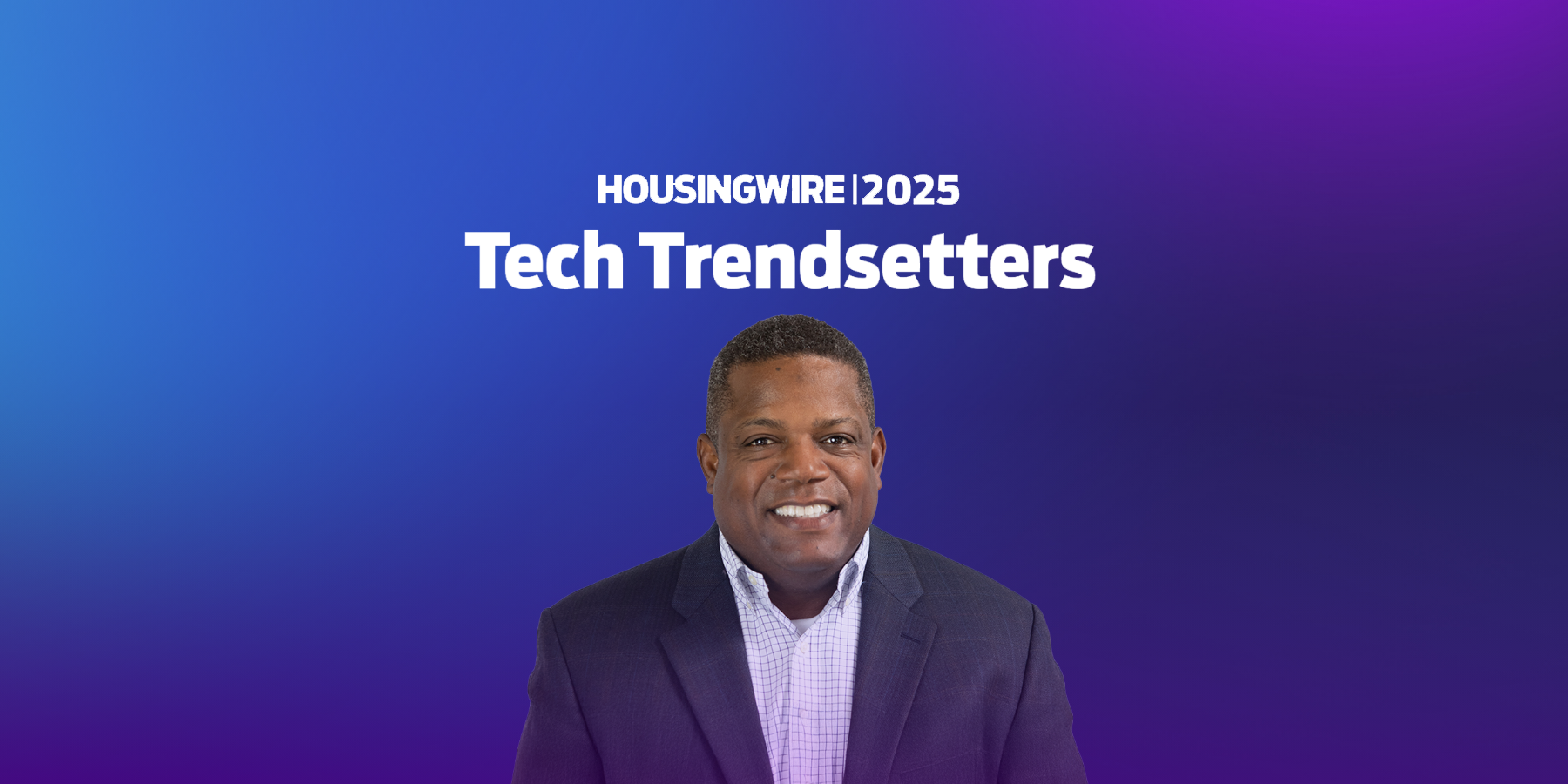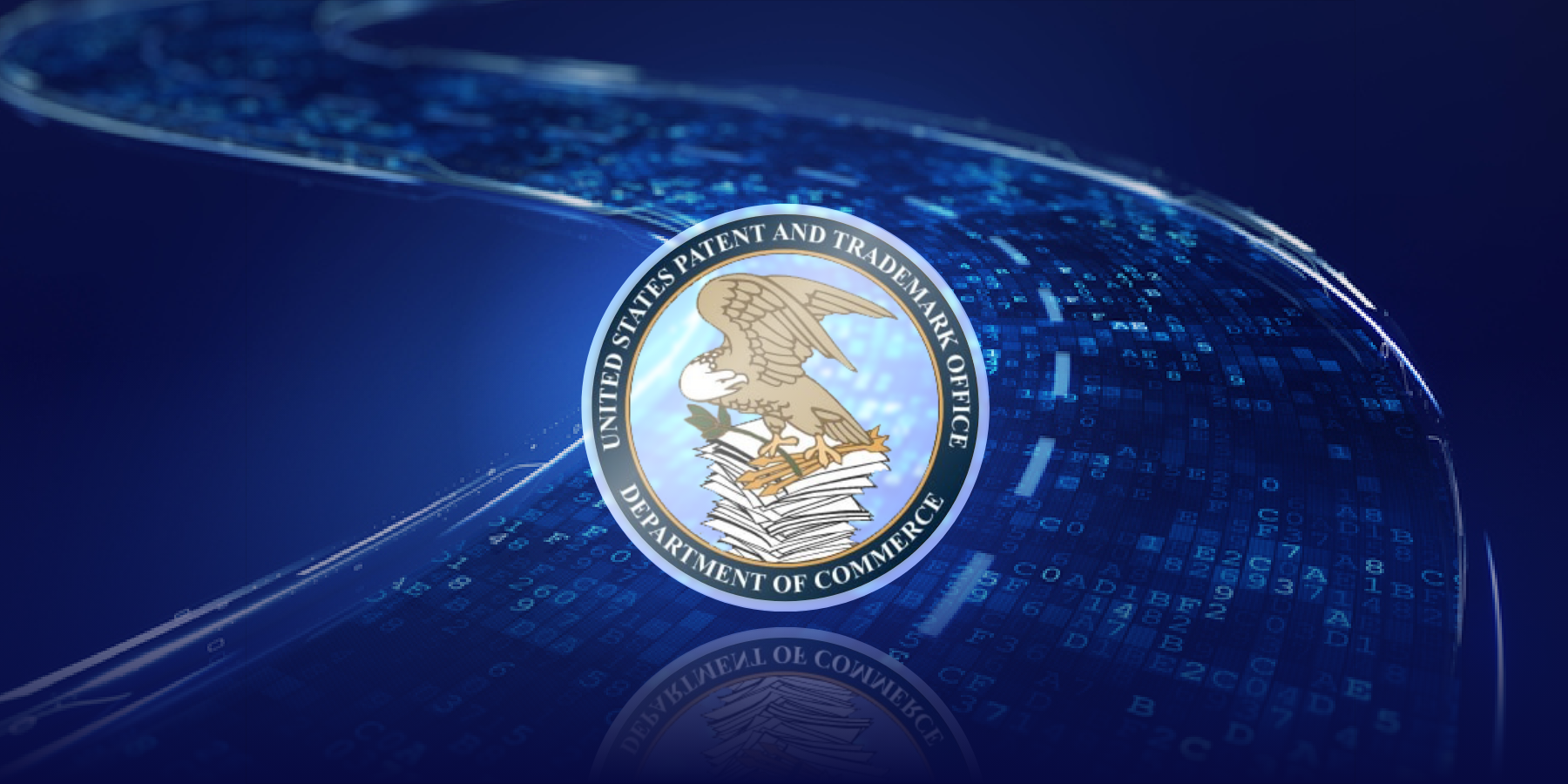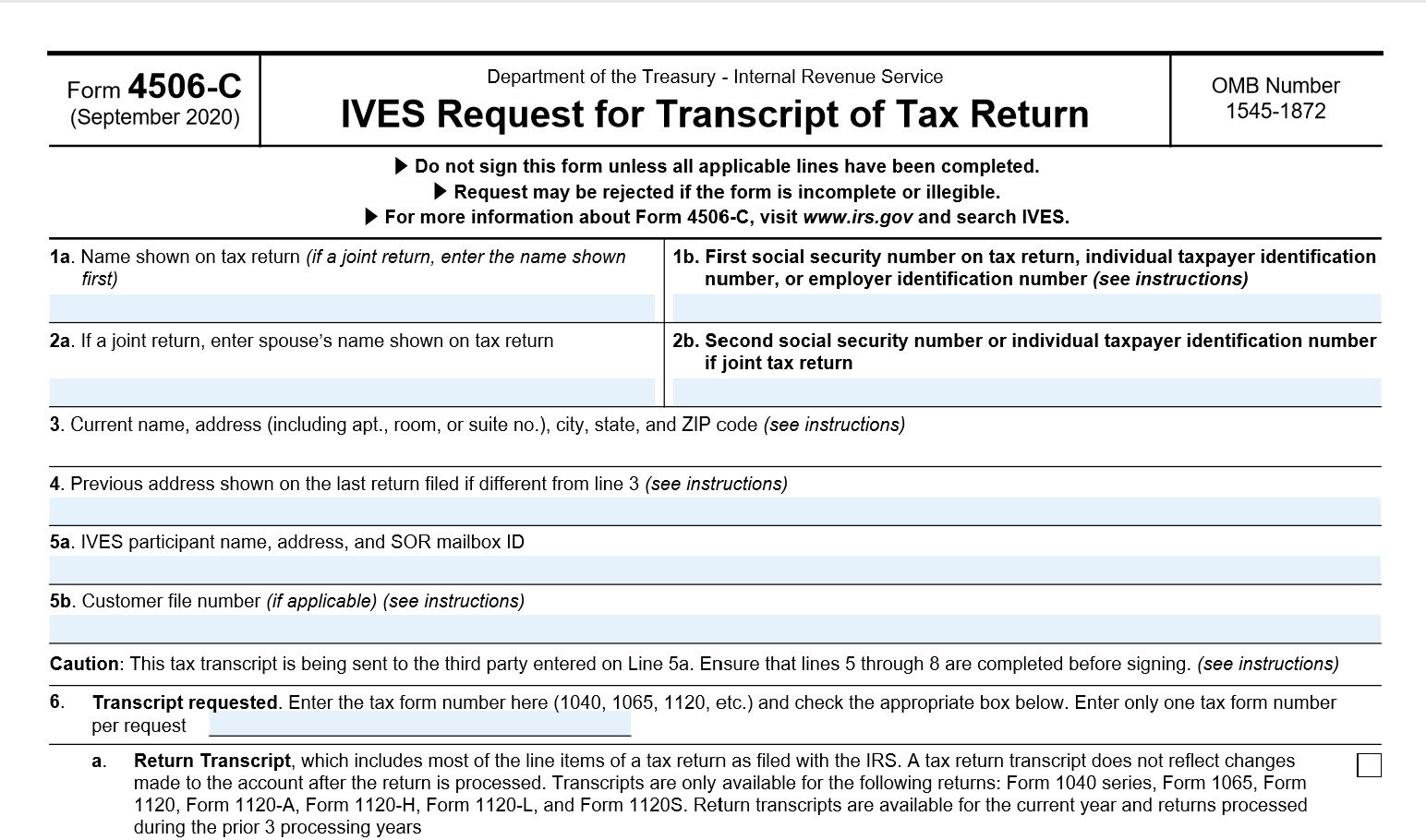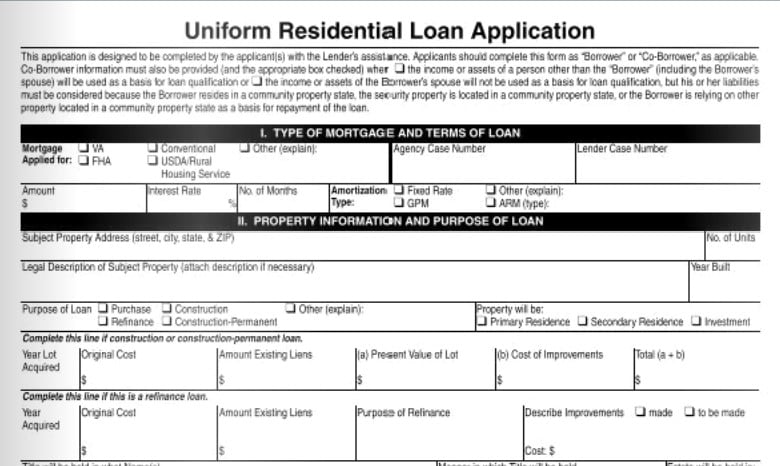Signing On The Digital Dotted Line
 MortgageOrb Interview with Tim Anderson, Director of eServices, DocMagic, Inc.
MortgageOrb Interview with Tim Anderson, Director of eServices, DocMagic, Inc.
For many years, there was talk about migrating mortgage banking from a paper-driven endeavor to an electronic environment. And while no one is ready to assign paper to a display in the Smithsonian, the progress being made in e-mortgages and e-signatures is substantial. To discuss this trend, MortgageOrb spoke with Tim Anderson, director of e-services at Torrance, Calif.-based DocMagic.
Q: Why has it taken so long for the e-mortgage environment to be embraced by both the industry and the federal government?
Anderson: Primarily, because we're operating in a business that is driven by investor demands. Consequently, innovation and change has always been a painfully slow process in this industry. It seems that every time we begin to get some traction on a certain issue, something else happens in the marketplace that preoccupies the participants.
Before the mortgage meltdown, lenders were just way too busy processing all the paper-based loans in their pipelines to implement any radical changes to their business models, even though it would have greatly reduced their costs and inefficiencies, and allowed them to better scale. Since then, lenders have been way too preoccupied with meeting all the new regulatory mandates to focus on getting the paper out.
In our business, technology has always been this Yin and Yang thing. Lenders need it, but when they need it most, they have the least time to focus on it. That's because they spend most of their time reacting to changes imposed on them by the government and the former government-sponsored enterprises (GSEs) instead of innovating.
And that goes all the way back to when thrifts dominated the market, originating mortgages for their own portfolios. When lenders evolved into originators working solely for the GSEs and other investors, they gave up control of their destinies and, with it, control of much of their technological innovation. Today, over 95% of all loans are still going to Fannie Mae, Freddie Mac or Ginnie Mae.
Q: How long did it take for the Internal Revenue Service (IRS) to make its decision on the 4506-T? And what were some of the stumbling blocks that delayed the IRS' decision for so long?
Anderson: Although some individual companies were working very hard to make inroads into the government for the purpose of reducing paper in the mortgage process, it wasn't until the Mortgage Bankers Association Technology Conference resuscitated ResTech and created a separate IRS 4506-T e-signatures workgroup to focus on the issue that real progress was made. One of the keys to our success was the appointment of Cecil Bowman, senior vice president for government industry at National Credit-reporting System (NCS), to the chair of that committee.
While it is often very difficult for most workgroups to effect change due to the volunteer nature of the members working on them, Cecil came to NCS after spending many years working directly with the IRS in its IT division on special automation projects. We suddenly had someone working on the problem that had inside knowledge of the agency’s networking and instant credibility with contacts within the IRS, allowing us to get things done.
Regarding obstacles, the IRS's biggest concern was consumer security and confidentiality and secure sharing of income information with an approved third party. The agency wanted to be sure that nobody would have access to another’s tax records and that there was a logical and secure process of system identification and authentication in place to ensure that the right person was e-signing the right documents. The IRS also needed a similar method of approval to ensure that any company with access to that information used a similar authentication and authorization process.
Q: The Federal Housing Administration (FHA) has yet to accept electronic signatures. Do you believe that the agency will finally give this the green light in 2013?
Anderson: I think that now that we have an agency as conservative as the IRS accepting electronic signatures, there really should not be any remaining excuses to slow down any other agency.
In fact, the FHA has already taken an interest in this and already has a similar workgroup within the MBA dedicated to helping that agency move forward. That group was formed about the same time as the IRS workgroup. But, since then, we’ve been through the elections and all the work related to Dodd-Frank - not the least of which was the creation of the uber-agency Consumer Financial Protection Bureau - the FHA has had some turnover that distracted from this work.
As you know, anytime the personnel you're working with at a government agency changes, you really have to start the clock over again, bringing the new people up to speed and educating them on what had transpired up to that point.
Q: What does the future hold for e-mortgages in general and the e-signature technology in particular?
Anderson: Since Fannie Mae introduced the idea of the SMARTDoc over a decade ago, I kept thinking that the next year was going to be the year of the e-mortgage. But sometimes, it takes a real catastrophe, like the great mortgage meltdown or the $25 billion dollar servicing settlement, for us to learn the really hard lessons. One of those lessons is that it's really hard to replicate a transaction that happened years before from a paper file and we won’t be able to do that going forward.
If you think about it, if lenders had already adopted an e-mortgage process, they would have easily been able to show the history of any loan file or transaction from application to closing to any modification or refi activity. There would have been no lost notes and, if they had implemented e-notary, no "robo-signing" issues, which is what created the major uproar and lawsuits in the first place.
With the IRS and soon the FHA accepting e-sign and some major new regulations, like the requirement that lenders make available the closing package to borrowers three days prior to closing, I don't know how you are going to be compliant unless you implement a totally paperless e-mortgage process from the very beginning. It's the only way to track what you did, with whom, when and why in order to provide the electronic evidence you'll need to defend yourself during future audits.
Let us digitally transform your mortgage process for increased efficiency and ROI. See how by scheduling a demo today.
Topics from this blog: eSign
BackSearch the Blog
- Recent
- Popular
- Topics










List By Topic
- Compliance (100)
- eClosing (85)
- eSign (71)
- Awards (70)
- Integrations (57)
- Industry Publications (52)
- Total eClose (44)
- eNotes (33)
- Remote Online Notarization (31)
- Document Generation (30)
- eDisclosures (25)
- GSEs (18)
- eVault (18)
- eNotary (16)
- SmartCLOSE (13)
- LoanMagic (12)
- eDelivery (11)
- Philanthropy (8)
- Partnerships (7)
- AutoPrep (3)
- Industry Insight (3)
Subscribe Here
Download the Truliant Federal Credit Union Case Study
Truliant took several key steps to refine its 100% digital eClosing process — including finding the right technology partner.
